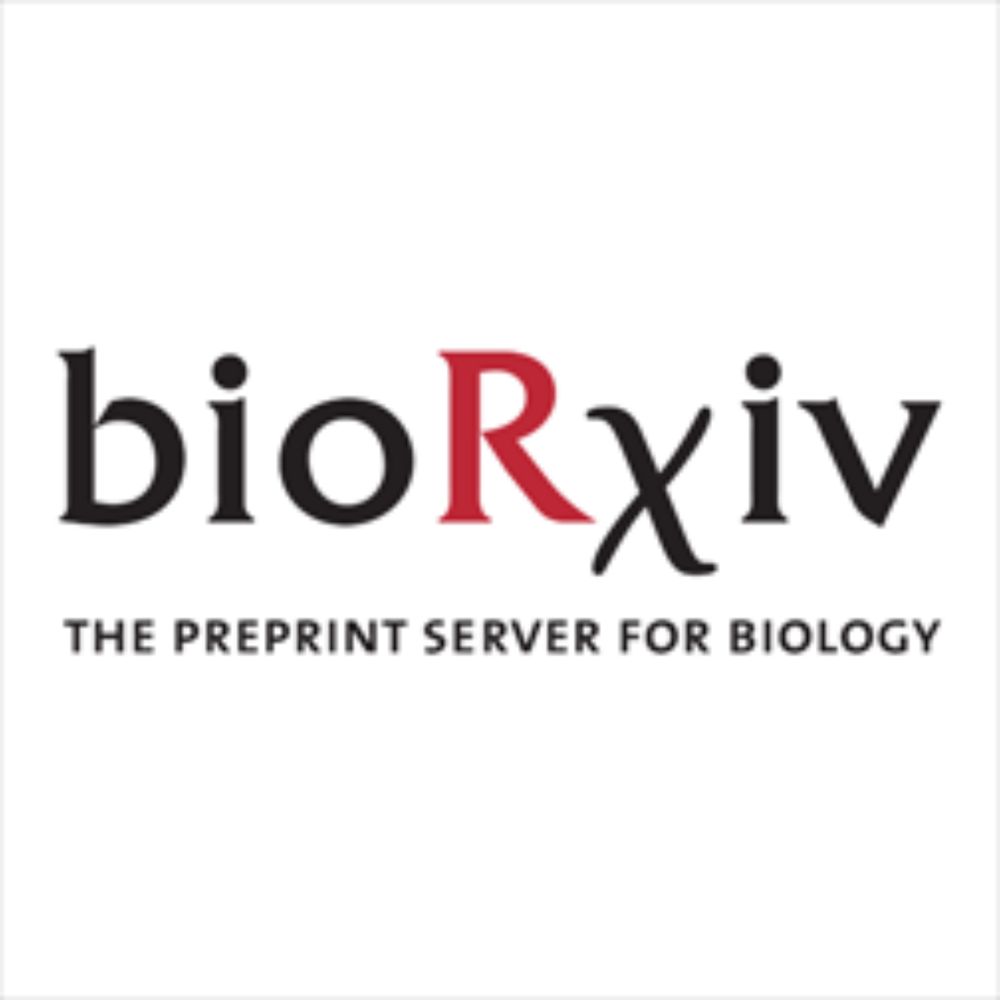Jouni Sirén
@jltsiren.bsky.social
120 followers
67 following
28 posts
Researcher at UCSC Genomics Institute. Space-efficient data structures and pangenome graphs.
Posts
Media
Videos
Starter Packs
Reposted by Jouni Sirén
Reposted by Jouni Sirén
Jouni Sirén
@jltsiren.bsky.social
· Aug 28
Jouni Sirén
@jltsiren.bsky.social
· Aug 28
Jouni Sirén
@jltsiren.bsky.social
· Aug 28
Jouni Sirén
@jltsiren.bsky.social
· Aug 28
Jouni Sirén
@jltsiren.bsky.social
· Aug 28
Reposted by Jouni Sirén
Jouni Sirén
@jltsiren.bsky.social
· Aug 8
Jouni Sirén
@jltsiren.bsky.social
· Aug 8
Jouni Sirén
@jltsiren.bsky.social
· Aug 8
Jouni Sirén
@jltsiren.bsky.social
· Aug 8
Jouni Sirén
@jltsiren.bsky.social
· Aug 5
Jouni Sirén
@jltsiren.bsky.social
· Aug 5
Jouni Sirén
@jltsiren.bsky.social
· Aug 5
Jouni Sirén
@jltsiren.bsky.social
· Aug 5
Jouni Sirén
@jltsiren.bsky.social
· May 15
Jouni Sirén
@jltsiren.bsky.social
· May 15
Jouni Sirén
@jltsiren.bsky.social
· May 15
Jouni Sirén
@jltsiren.bsky.social
· May 15
Jouni Sirén
@jltsiren.bsky.social
· May 15

Lossless Pangenome Indexing Using Tag Arrays
Pangenome graphs represent the genomic variation by encoding multiple haplotypes within a unified graph structure. However, efficient and lossless indexing of such structures remains challenging due t...
www.biorxiv.org


